In the world of early childhood education and development, the Montessori approach has long been revered for its emphasis on hands-on learning and fostering independence in children. One aspect of Montessori education that has gained particular attention is the use of language toys to facilitate literacy development in young learners. In this blog post, we'll explore the importance of language toys in early literacy development, specifically focusing on the Montessori philosophy and its impact on language skills.
Understanding the Montessori Approach to Education:
Developed by Dr. Maria Montessori over a century ago, the Montessori approach to education is centered around the belief that children are naturally curious and capable of self-directed learning. In a Montessori classroom, the environment is carefully prepared to promote exploration and discovery, with an emphasis on hands-on materials and individualized learning experiences.
One key aspect of the Montessori method is the use of specially designed educational materials, often referred to as Montessori materials or manipulatives. These materials are meticulously crafted to appeal to children's innate sense of curiosity and provide opportunities for sensory exploration and skill development.
The Role of Language Toys in Montessori Education:
Language development is a critical component of early childhood education, laying the foundation for future academic success and communication skills. In a Montessori classroom, language toys play a vital role in supporting children's literacy development by providing engaging and interactive opportunities to explore language concepts.
Montessori language toys are carefully designed to appeal to children's senses and encourage hands-on exploration of language concepts such as letter recognition, phonics, vocabulary, and sentence structure. These toys often incorporate tactile elements, vibrant colors, and interactive features to capture children's interest and make learning enjoyable.
Examples of Montessori Language Toys:
1. Sandpaper Letters:
Sandpaper letters are a classic Montessori language toy designed to help children learn letter shapes and sounds through tactile exploration. Each letter is represented by a textured sandpaper cutout, allowing children to trace the shape of the letter with their fingers while saying its corresponding sound.
2. Moveable Alphabet:
The moveable alphabet is a versatile Montessori language toy that allows children to explore spelling and word formation in a hands-on way. The set typically includes wooden or plastic letters that children can manipulate to create words and sentences, reinforcing phonetic awareness and spelling skills.
3. Picture Word Cards:
Picture word cards are another popular Montessori language toy used to expand children's vocabulary and comprehension skills. Each card features a picture representing a common object or concept, along with the corresponding word printed beneath it. Children can use these cards to practice word recognition and build associations between images and words.
Benefits of Montessori Language Toys for Literacy Development:
1. Multi-Sensory Learning:
Montessori language toys engage multiple senses, allowing children to learn through touch, sight, and sound. This multi-sensory approach enhances learning retention and comprehension, making it easier for children to grasp language concepts.
2. Hands-On Exploration:
By providing hands-on opportunities for exploration, Montessori language toys promote active learning and experimentation. Children are encouraged to manipulate the materials at their own pace, fostering a sense of independence and confidence in their abilities.
3. Individualized Learning:
Montessori language toys are designed to accommodate children at various skill levels, allowing for individualized learning experiences. Children can progress through the materials at their own pace, building upon their existing knowledge and skills.
4. Foster Creativity and Imagination:
Many Montessori language toys encourage creative expression and imaginative play, allowing children to invent stories, create their own words, and explore language in a creative way. This fosters a love of language and literacy that can last a lifetime.
Incorporating Montessori Language Toys into the Home Environment:
While Montessori language toys are commonly found in Montessori schools and classrooms, they can also be incorporated into the home environment to support literacy development. Here are a few tips for parents and caregivers:
1. Create a Language-Rich Environment:
Surround children with books, word games, and other language-rich materials to encourage exploration and curiosity. Rotate toys and activities regularly to keep things fresh and engaging.
2. Follow the Child's Interests:
Pay attention to your child's interests and preferences when selecting language toys and activities. Choose materials that align with their current skill level and cater to their individual learning style.
3. Encourage Play-Based Learning:
Allow children to explore language toys through play and experimentation. Encourage open-ended exploration and imaginative play, rather than focusing solely on rote memorization or drills.
4. Be Patient and Supportive:
Remember that literacy development is a gradual process that unfolds over time. Be patient and supportive as your child explores language concepts and builds their skills. Offer praise and encouragement to celebrate their progress along the way.
In Conclusion:
Montessori language toys play a crucial role in supporting early literacy development and laying the foundation for future academic success. By providing engaging and interactive opportunities to explore language concepts, these toys foster a love of language and learning that can last a lifetime. Whether in a Montessori classroom or a home environment, incorporating language toys into children's daily routines can help unlock their language skills and ignite a lifelong passion for literacy.
By understanding the principles of the Montessori approach and the benefits of language toys, parents, caregivers, and educators can create rich learning environments where children can thrive and develop essential language skills. Unlocking the potential of language through hands-on exploration and play is a key step in preparing children for success in school and beyond.
Understanding the Montessori Approach to Education:
Developed by Dr. Maria Montessori over a century ago, the Montessori approach to education is centered around the belief that children are naturally curious and capable of self-directed learning. In a Montessori classroom, the environment is carefully prepared to promote exploration and discovery, with an emphasis on hands-on materials and individualized learning experiences.
One key aspect of the Montessori method is the use of specially designed educational materials, often referred to as Montessori materials or manipulatives. These materials are meticulously crafted to appeal to children's innate sense of curiosity and provide opportunities for sensory exploration and skill development.
The Role of Language Toys in Montessori Education:
Language development is a critical component of early childhood education, laying the foundation for future academic success and communication skills. In a Montessori classroom, language toys play a vital role in supporting children's literacy development by providing engaging and interactive opportunities to explore language concepts.
Montessori language toys are carefully designed to appeal to children's senses and encourage hands-on exploration of language concepts such as letter recognition, phonics, vocabulary, and sentence structure. These toys often incorporate tactile elements, vibrant colors, and interactive features to capture children's interest and make learning enjoyable.
Examples of Montessori Language Toys:
1. Sandpaper Letters:
Sandpaper letters are a classic Montessori language toy designed to help children learn letter shapes and sounds through tactile exploration. Each letter is represented by a textured sandpaper cutout, allowing children to trace the shape of the letter with their fingers while saying its corresponding sound.
2. Moveable Alphabet:
The moveable alphabet is a versatile Montessori language toy that allows children to explore spelling and word formation in a hands-on way. The set typically includes wooden or plastic letters that children can manipulate to create words and sentences, reinforcing phonetic awareness and spelling skills.
3. Picture Word Cards:
Picture word cards are another popular Montessori language toy used to expand children's vocabulary and comprehension skills. Each card features a picture representing a common object or concept, along with the corresponding word printed beneath it. Children can use these cards to practice word recognition and build associations between images and words.
Benefits of Montessori Language Toys for Literacy Development:
1. Multi-Sensory Learning:
Montessori language toys engage multiple senses, allowing children to learn through touch, sight, and sound. This multi-sensory approach enhances learning retention and comprehension, making it easier for children to grasp language concepts.
2. Hands-On Exploration:
By providing hands-on opportunities for exploration, Montessori language toys promote active learning and experimentation. Children are encouraged to manipulate the materials at their own pace, fostering a sense of independence and confidence in their abilities.
3. Individualized Learning:
Montessori language toys are designed to accommodate children at various skill levels, allowing for individualized learning experiences. Children can progress through the materials at their own pace, building upon their existing knowledge and skills.
4. Foster Creativity and Imagination:
Many Montessori language toys encourage creative expression and imaginative play, allowing children to invent stories, create their own words, and explore language in a creative way. This fosters a love of language and literacy that can last a lifetime.
Incorporating Montessori Language Toys into the Home Environment:
While Montessori language toys are commonly found in Montessori schools and classrooms, they can also be incorporated into the home environment to support literacy development. Here are a few tips for parents and caregivers:
1. Create a Language-Rich Environment:
Surround children with books, word games, and other language-rich materials to encourage exploration and curiosity. Rotate toys and activities regularly to keep things fresh and engaging.
2. Follow the Child's Interests:
Pay attention to your child's interests and preferences when selecting language toys and activities. Choose materials that align with their current skill level and cater to their individual learning style.
3. Encourage Play-Based Learning:
Allow children to explore language toys through play and experimentation. Encourage open-ended exploration and imaginative play, rather than focusing solely on rote memorization or drills.
4. Be Patient and Supportive:
Remember that literacy development is a gradual process that unfolds over time. Be patient and supportive as your child explores language concepts and builds their skills. Offer praise and encouragement to celebrate their progress along the way.
In Conclusion:
Montessori language toys play a crucial role in supporting early literacy development and laying the foundation for future academic success. By providing engaging and interactive opportunities to explore language concepts, these toys foster a love of language and learning that can last a lifetime. Whether in a Montessori classroom or a home environment, incorporating language toys into children's daily routines can help unlock their language skills and ignite a lifelong passion for literacy.
By understanding the principles of the Montessori approach and the benefits of language toys, parents, caregivers, and educators can create rich learning environments where children can thrive and develop essential language skills. Unlocking the potential of language through hands-on exploration and play is a key step in preparing children for success in school and beyond.
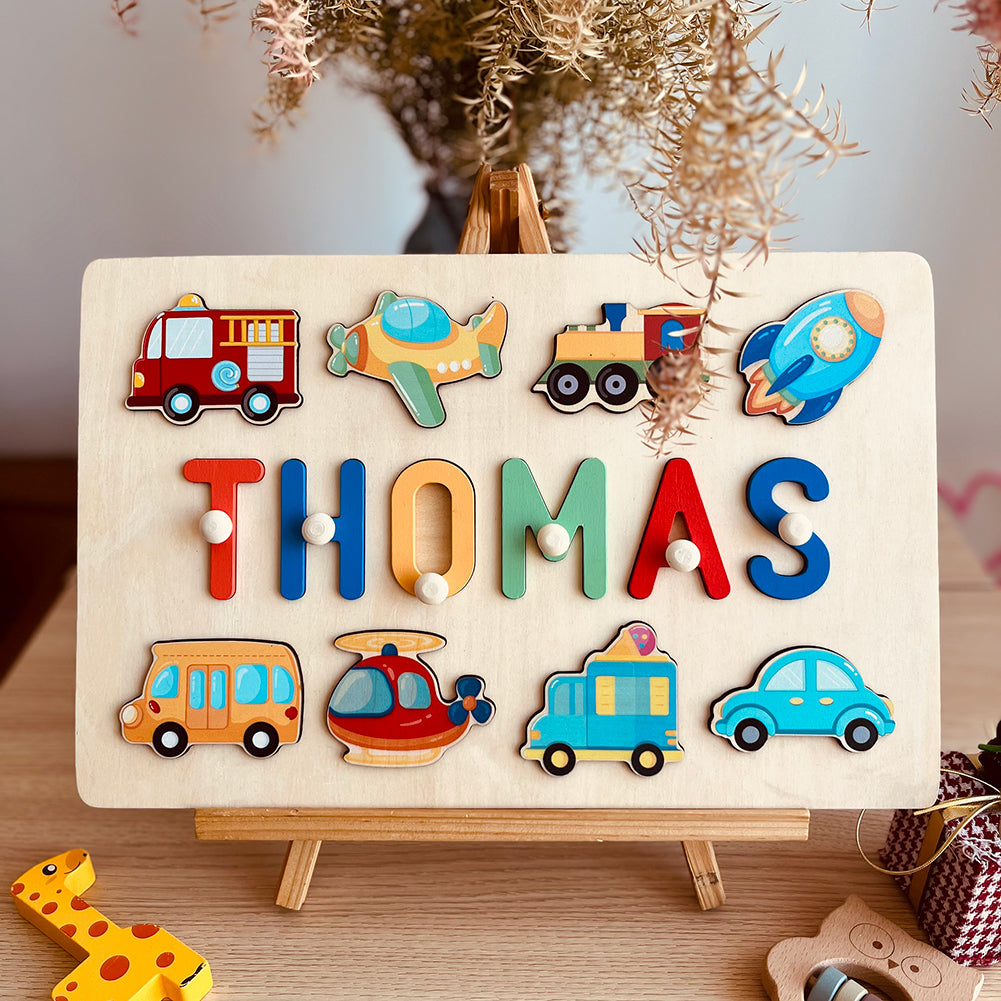
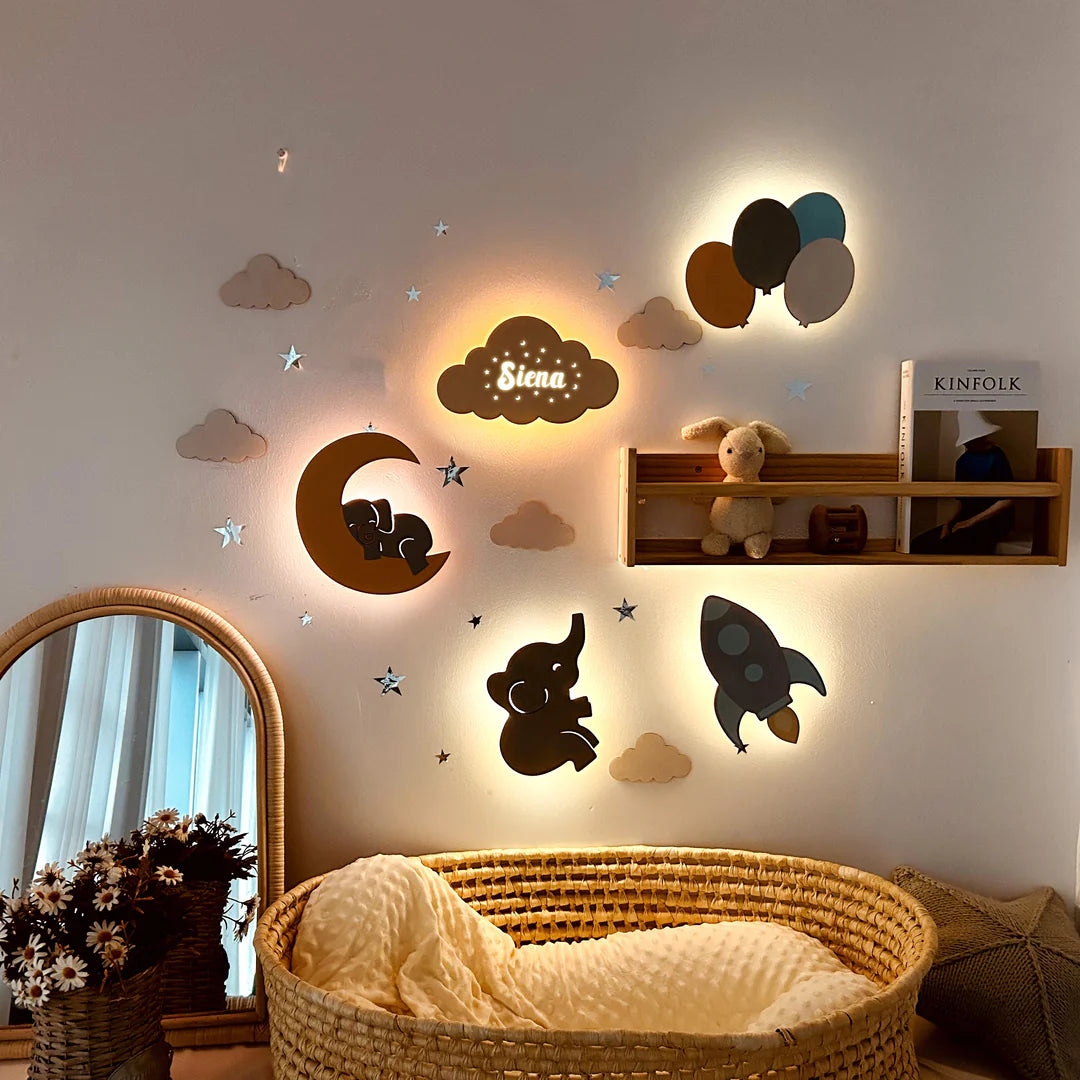
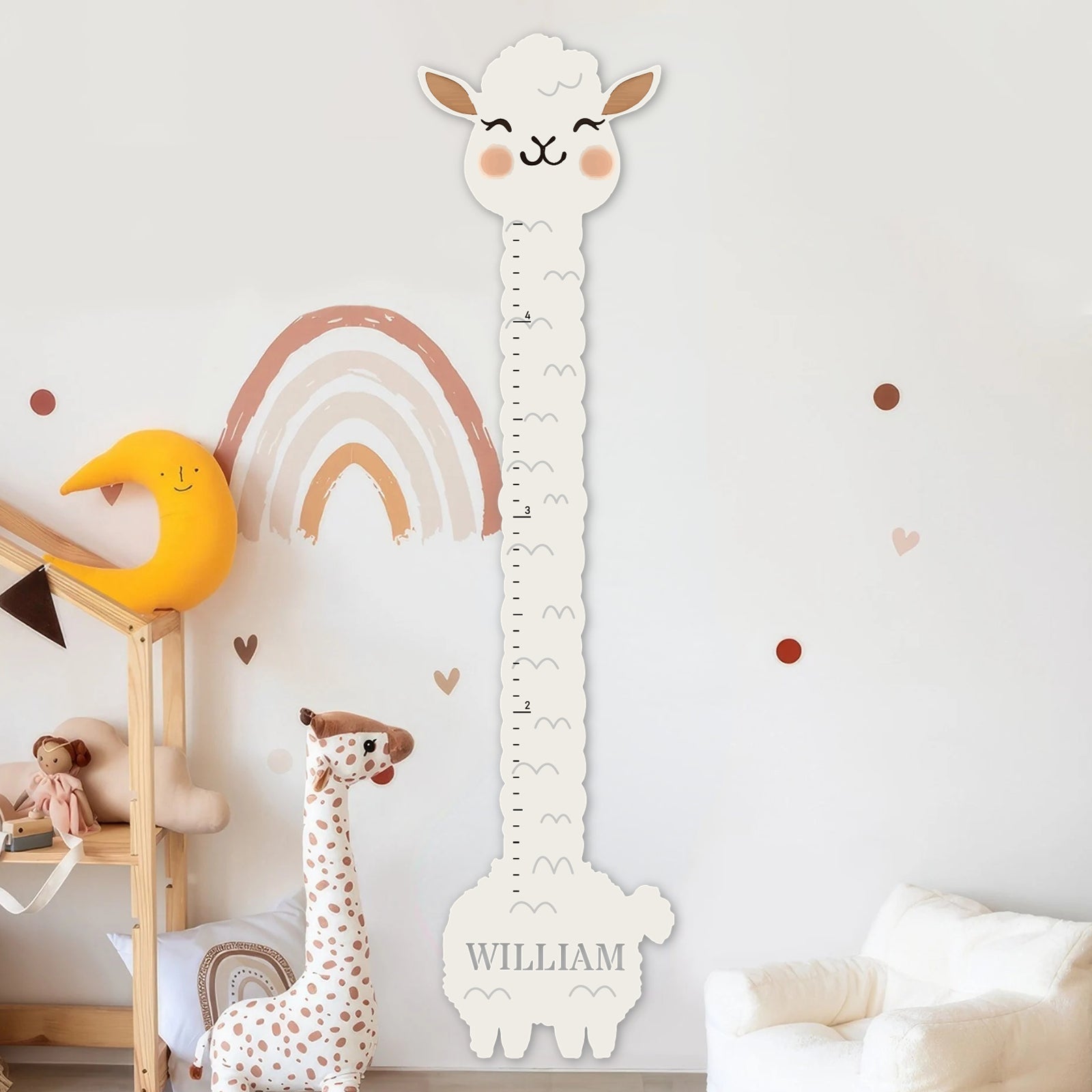


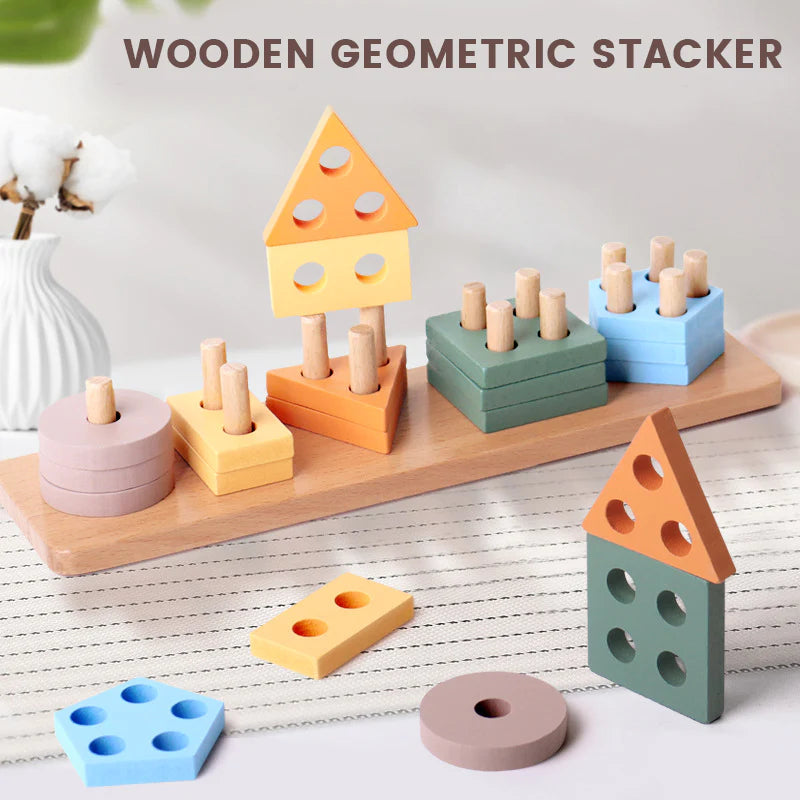



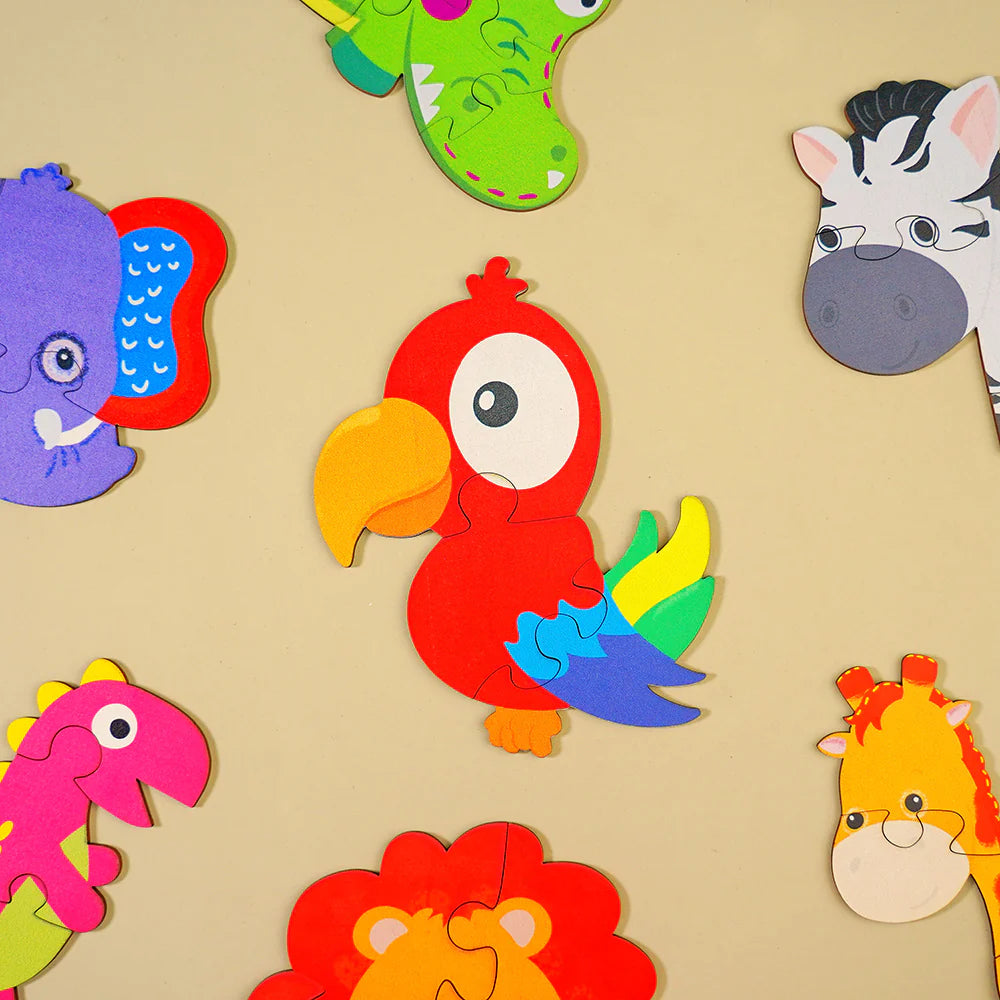






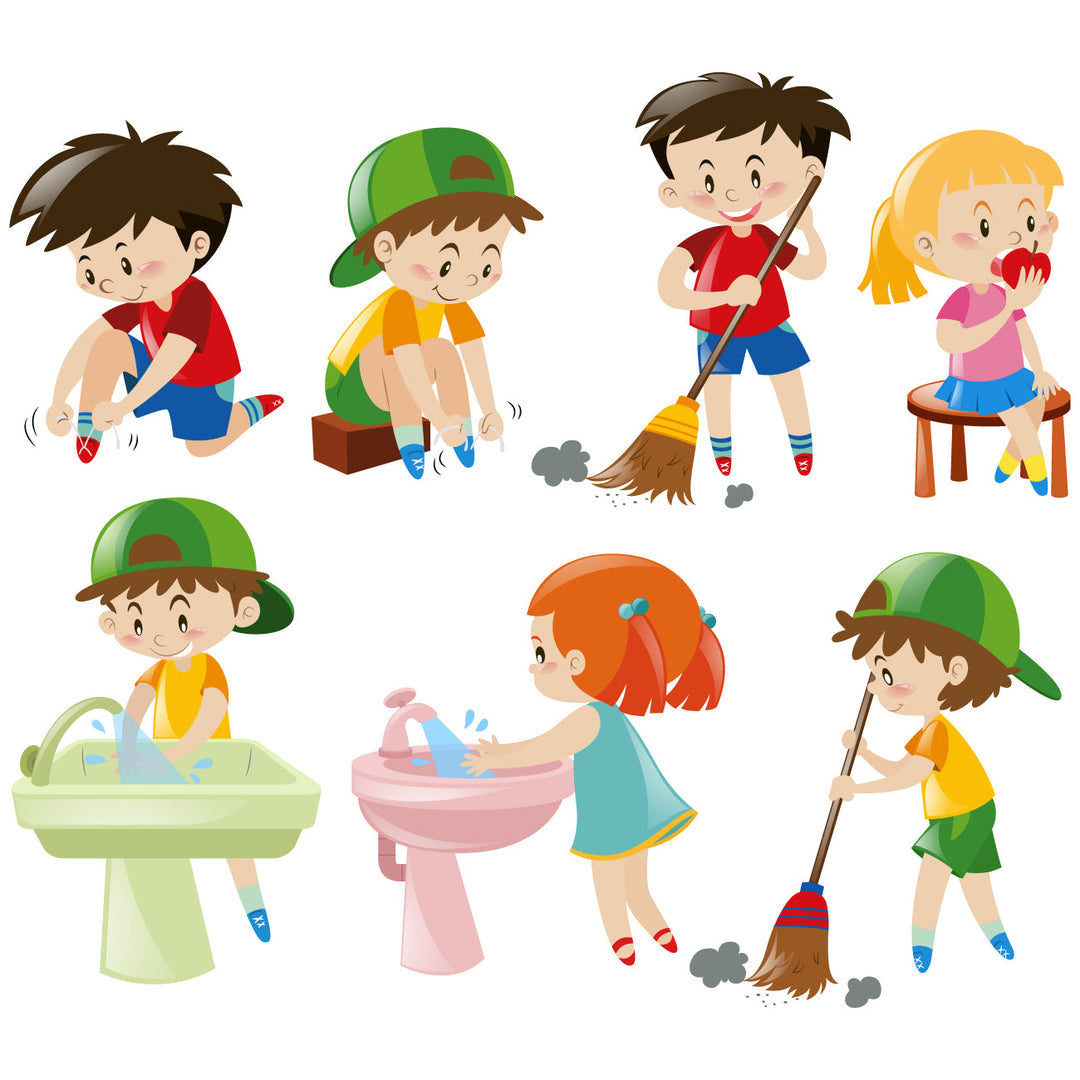


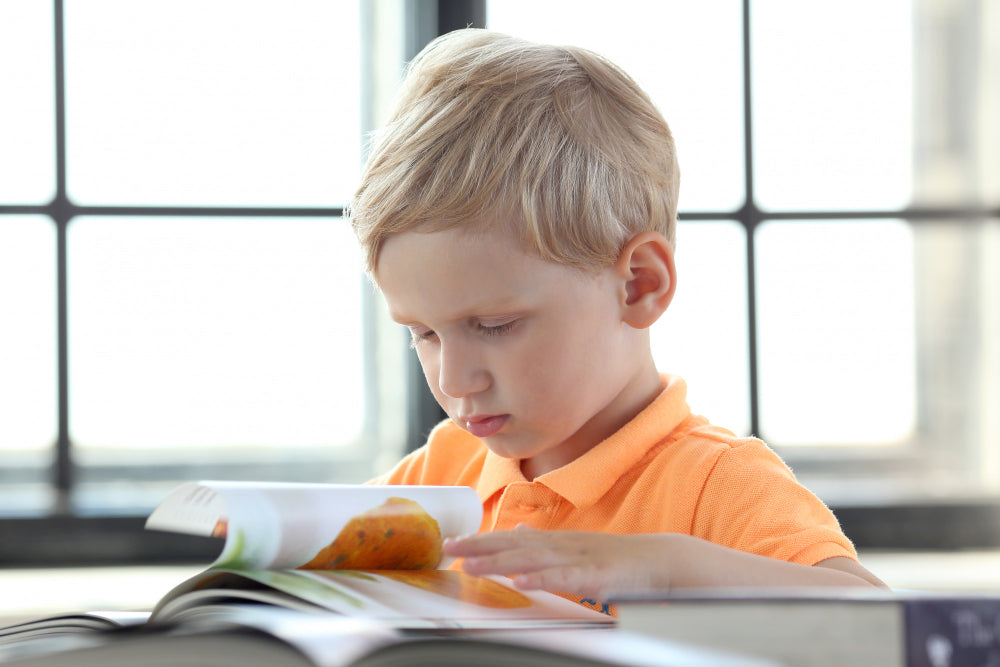
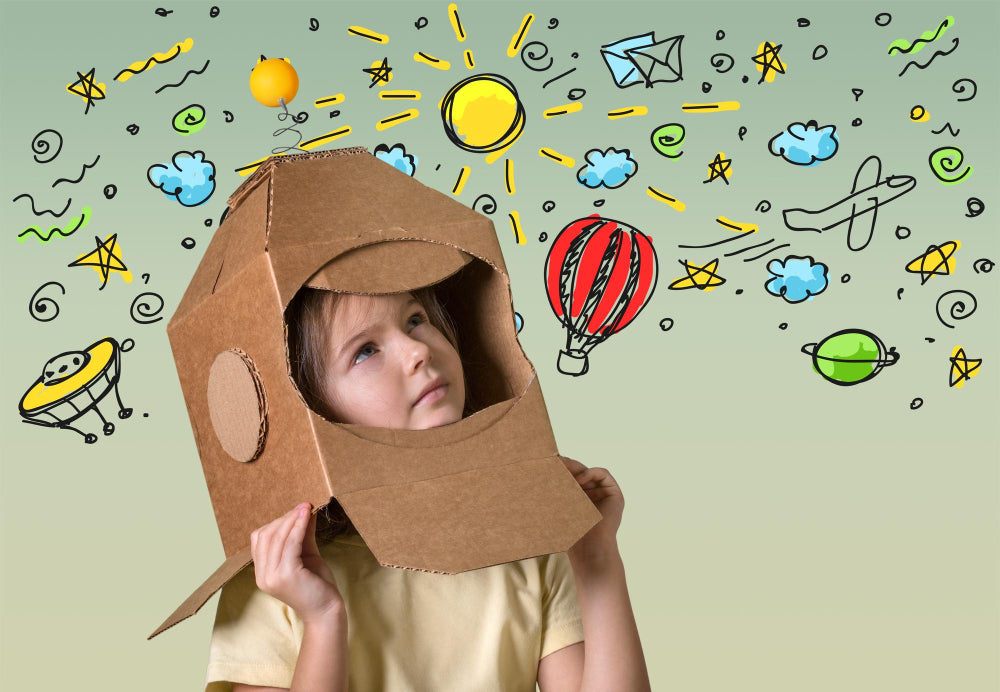
Leave a comment